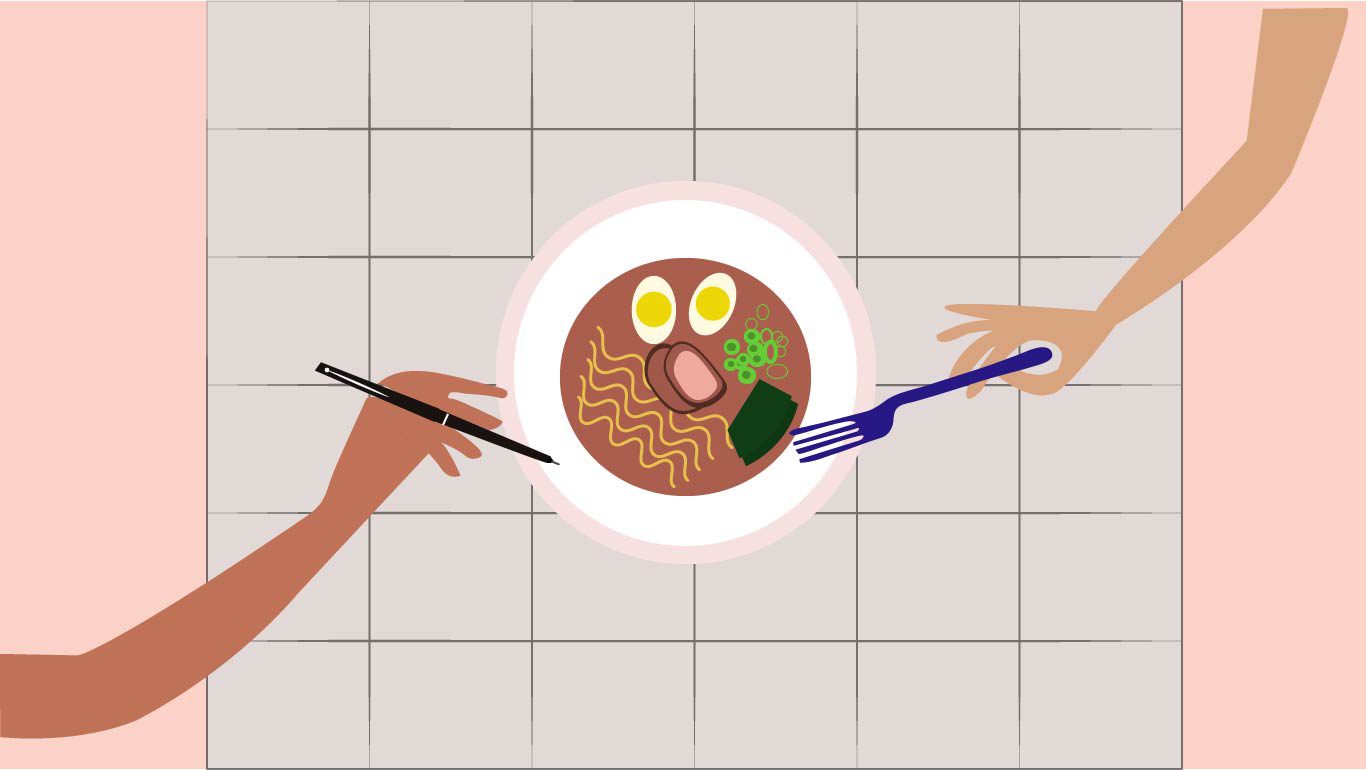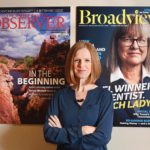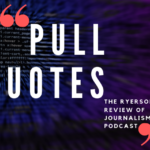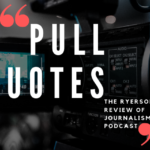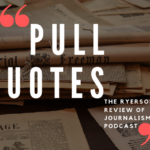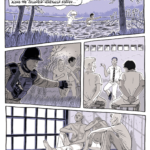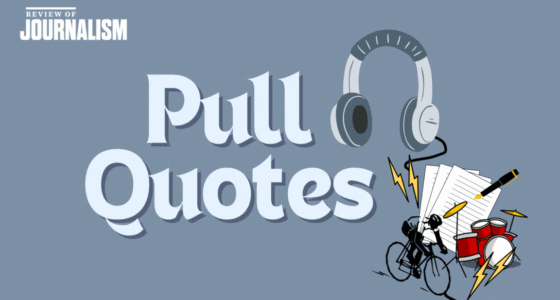Covering Disasters Beyond the Eye of the Storm: Pull Quotes Season 3, Episode 7
Listen above or subscribe on iTunes.
On January 17, CBC viewers watched as 121 km/h winds blew Chris Murphy off his feet into a snowbank.
The reporter was broadcasting during a massive blizzard in St. John’s, Newfoundland. That day, the provincial government declared a state of emergency for the first time since 1984. Military personnel were called in to dig people out of their homeswhile cars were banned from the roads.
Luckily, after his slip, Murphy wasn’t injured and was even laughing at the scene. He says enduring these conditions goes beyond reporting how serious the situation is.
“It becomes more about how are people coping with it … how do they prepare for it and the aftermath,” he says.
.@MurphTWN gets hit by a gust of wind in St.John’s, as a raging blizzard brings eastern Newfoundland to a standstill (He's OK). Read the lastest about the storm here: https://t.co/TzvbyqyXOJ pic.twitter.com/NV1MFHfws7
— Power & Politics (@PnPCBC) January 17, 2020
Daina Goldfinger, an online journalist at Global News, discovered during her research into emergency reporting for the Ryerson Review of Journalism in 2017 that stories about the aftermath of natural disasters are exactly what’s missing from current reporting. She believes they are important to tell because injuries and damages don’t disappear right away.
“These effects can go on for months, if not years, depending on the magnitude of the disaster,” she says. Her multimedia feature called Covering Disasters also looks into the ethics of emergency reporting, whether newsrooms are prepared to send reporters out into an emergency and how the industry can improve moving forward.
Goldfinger continues to report on natural disasters, including the record-setting floods in Muskoka in 2019. A feature she wrote about the aftermath of the flooding describes people who were still in the hospital and whose homes were still destroyed. Experts also weigh in on the long-term mental health risks faced by survivors, and the financial devastation despite provincial finance assistance.
David Thurton, a national reporter in CBC’s Parliamentary Bureau, agrees that covering the aftermath is vital for the whole story. In 2016, he reported on the wildfires in Fort McMurray. He was surprised that residents were still eager to speak with him when they returned to their homes after the evacuation. “This story did not finish when the flames were out,” he says. The story follows how the city struggled to rebuild and how families were unable to go home, months later. Thurton’s reporting on the aftermath went well into 2019.
Ultimately, he believes that reporters need to be on the ground. “We need newsrooms that have the courage to just let reporters go out without a plan, without the story half-written,” he says. He also wants to see more constant coverage in remote communities, which means setting up permanent newsrooms where journalists spend significant time. He believes that important stories, like those of a disaster aftermath, cannot be told if community members don’t trust reporters; if they feel like they just fly in and out. “I think this is a model that maybe the public broadcaster needs to think about.”
By Grace Wells-Smith
Episode seven of Pull Quotes was edited by Tanja Saric and produced by Ashley Fraser, and guest produced by Grace Wells-Smith. Technical production help from Angela Glover. Pull Quotes’ executive producer is Sonya Fatah.
Podcast: Play in new window | Download
Subscribe: Apple Podcasts | Spotify | RSS

